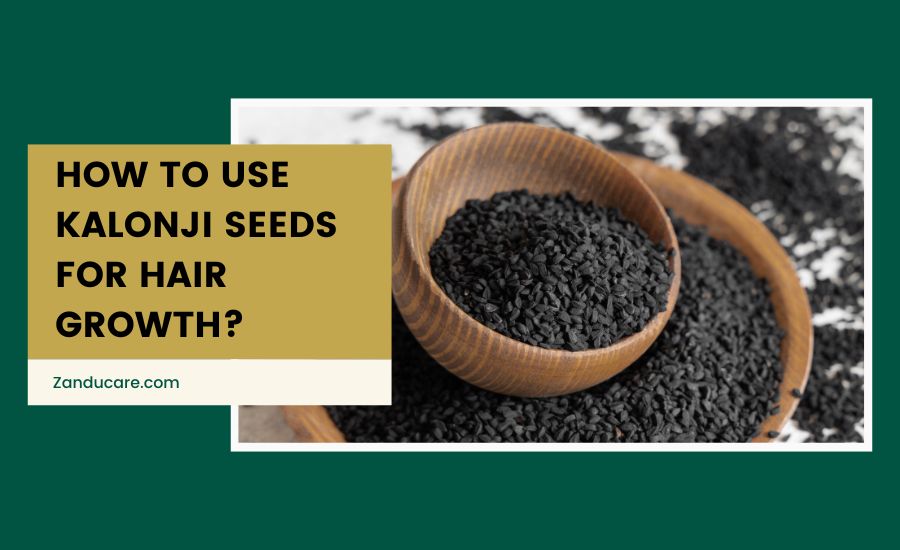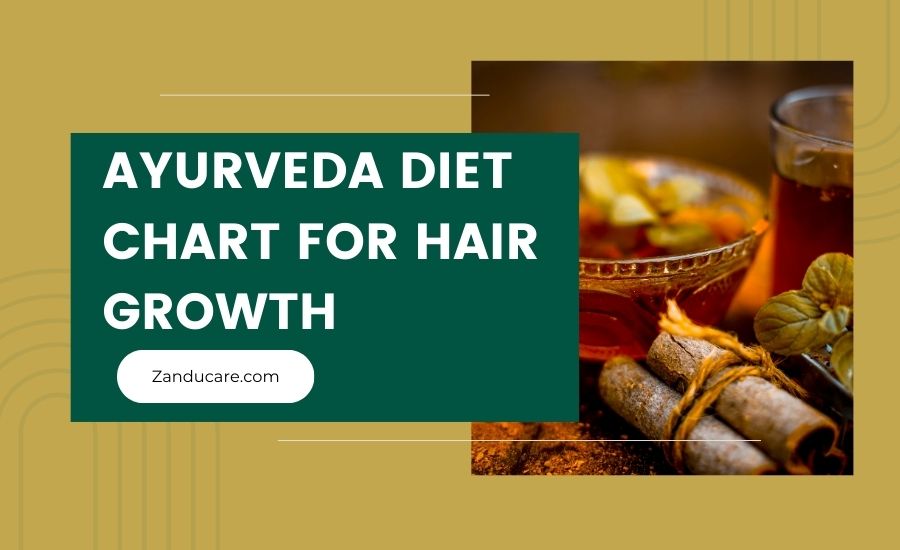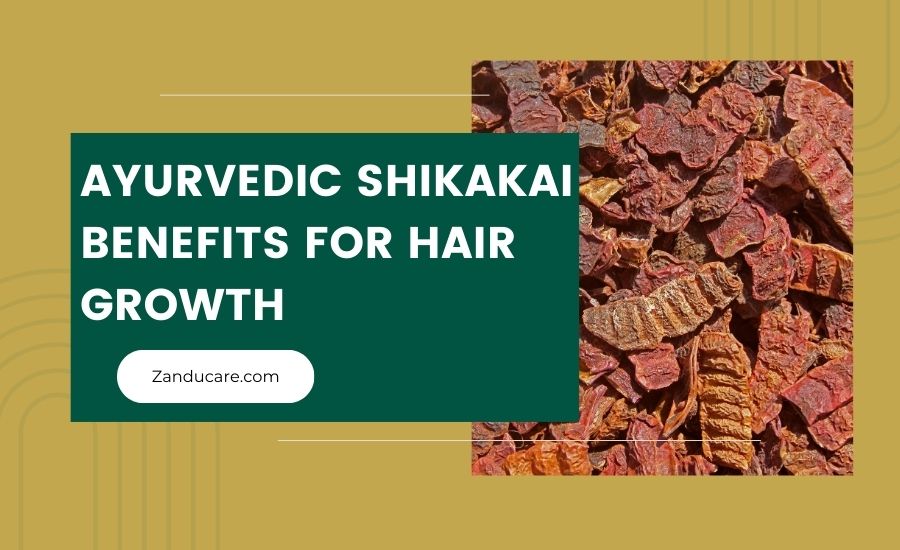
How to Use Kalonji (Nigella) Seeds for Hair Growth?
Ayurveda has been an effective healing remedy for addressing hair-related issues in the Indian subcontinent for ages. Kalonji seeds have been an integral part of Ayurvedic remedies for hair treatment. Also known as black cumin or Nigella sativa, these tiny black seeds taste bitter and exert a unique pungent aroma.
Thanks to the effectiveness of Kalonji seeds, historical evidence shows that people, even from far places such as Ancient Greece and Egypt, used them for hair growth. Even today, Kalonji seeds are one of the most common medicinal plants in the world. This highlights the significance of using natural remedies for hair care since these remedies have stood the test of time.
Unfortunately, there are still many questions about Kalonji seeds; one of the most common questions is how to use Kalonji seeds for hair growth. This blog will explore the wonders these seeds can do for your hair and ways you can use them to your advantage.
So, let’s dive in!
What are Kalonji Seeds, and how are they helpful?

Kalonji seeds are herbal seeds from the flowering shrub plant called Nigella sativa, generally found in the southern Asian region. This plant provides tiny little black seeds filled with powerful compounds and essential nutrients.
These healthy seeds have an impressive nutrient profile, including fatty acids, minerals, and vitamins. This makes Kalonji seeds an excellent source of essential nutrients for proper hair health, including linoleic acid, protein, calcium, and iron. These seeds also come with a unique compound called thymoquinone, which is well-known for its anti-inflammatory and antioxidant properties.
But Kalonji’s benefits do not just end with your hair. They offer a wide range of benefits that aid digestion, support a strong immune system, and reduce inflammation to promote overall health.

|
Did You Know?
|
Ayurveda Relation with Kalonji Seeds: Where do the Pieces fit?
The relationship between Ayurveda and Kalonji seeds is well-established. It is no secret that Ayurveda categorizes everything into three different doshas, including Vata, Pitta, and Kapha. The good thing about Kalonji seeds is that they perfectly balance all three doshas.
For instance, these seeds are said to pacify the Pitta dosha, which is essential for hair and scalp issues. Then comes the taste of these seeds, which includes two primary tastes, Katu and Tikta, that help stimulate scalp circulation and hair growth. The final piece in the puzzle deals with Gunas and Kalonji, which have qualities like Ruksha and Laghu that reduce oiliness while detoxifying the scalp.
Ayurveda says that Kalonji can support hair growth in many ways as it helps balance the Pitts dosha to stimulate hair growth. Then comes the essential nutrients in these seeds that nourish hair follicles to promote stronger and thicker hair growth.
Modern science vs. Ayurveda on Kalonji seeds for Hair Growth
|
Aspect |
Modern Science |
Ayurveda |
|
Active Compounds |
Thymoquinone, Nigellone, Essential oils |
Panchamahabhutas (Five Elements) |
|
Primary Benefits |
Anti-inflammatory, Antioxidant, Antimicrobial |
Balancing Doshas, Promoting Hair Health, Detoxification |
|
Mechanism |
Promotes blood circulation, Reduces scalp inflammation |
Balances Pitta dosha, Strengthens scalp and hair roots |
|
Usage |
Topical application, Dietary supplementation |
Taila (oil), Churna (powder), Lepam (paste) |
|
Expected Results |
Visible hair growth, Reduced hair fall, Improved scalp condition |
Holistic hair health, Improved hair texture, Reduced dandruff |
How can Kalonji seeds help you stimulate your hair growth?

Apart from the prevalent traditional use of Kalonji seeds, there is also much scientific evidence
that verifies its benefits for hair growth. These seeds do an excellent job of nourishing hair follicles with essential fatty acids and vitamins. These nutrients work like building blocks for growing healthy hair.
Then comes the anti-inflammatory properties of Kalonji seeds that help strengthen hair roots and prevent hair fall. These properties prevent scalp inflammation, one of the primary culprits behind hair loss. Kalonji seeds also counter scalp infections and dandruff with their antibacterial and anti-fungal properties that stimulate hair growth. Lastly, these seeds are important in enhancing hair’s shine and texture with proper nourishment to your hair and its roots.
How to use Kalonji for Hair Growth?
Using Kalonji seeds to promote hair growth is much easier than you think, thanks to the centuries of knowledge passed down by elders. One of the most common ways to use these seeds is with Kalonji oil. You can easily make this oil by soaking some of these seeds in olive or coconut for weeks.
Applying this oil is easy as you only need to warm a small amount of oil, gently massage it onto your scalp, and leave it there for an hour or two. Then, you must wash the oil off your head with a shampoo or conditioner.
Consistency is always a big deal with Ayurveda, so you must apply the oil at least twice or thrice a week for the best results. Applying this oil consistently for a month will enhance your hair’s texture and growth.
If you do not like oil, you can try Kalonji seed paste and apply it directly to hair masks. All you need to do is grind a teaspoon of the seeds into powder, mix it with plain yoghurt, apply it evenly to your hair and scalp, and leave it there for about thirty minutes. You can then gently rinse your hair with some lukewarm water and shampoo.
Apart from all that, consuming Kalonji seeds directly is also a great way to get the most of the seed’s benefits. You can add these seeds to your diet and consume them in some smoothies, yoghurt, soup, and even salads. You can even consider slightly toasting these seeds to create a different flavour. Consuming these seeds directly benefits your hair and enhances overall health.
Also, don't miss our related guides:
Can you combine Kalonji seeds with other natural ingredients?

Few people know that mixing Kalonji seeds with other natural ingredients can benefit your health. For starters, you can combine them with a carrier oil or mix them with amla, hibiscus and fenugreek for added health benefits. You can mix these seeds with other natural ingredients, such as aloe vera gel, honey, and lemon juice.
Since amla oil is readily available, you can mix it with Kalonji seed oil to promote better hair growth. You can even mix a paste from soaked fenugreek seeds with ground Kalonji seeds to prevent scalp irritation. People have been mixing these seeds with other natural ingredients for ages as it is one of the most effective solutions to address hair growth-related issues.
Are there any Side Effects of Kalonji Seeds?
There are many scientific studies that verify that there are little to no side effects of Kalonji seeds. Different bodies react differently to anything you put into your body, so practicing a little caution can help here.
|
Category of People Taking Kalonji Seeds |
Precaution |
|
Children |
It is recommended you consult a pediatrician before feeding children Kalonji seeds. |
|
Pregnant and Breastfeeding Women |
If you are pregnant or breastfeeding, make sure you consult your physician before taking Kalonji seeds. |
|
Recent Surgery |
If you have undergone or will undergo surgery recently or anytime soon, it is better to avoid Kalonji seeds since they can lower your blood pressure levels. |
|
Anyone Taking Blood Sugar Medication |
If you are diabetic or taking blood sugar medication, consult your physician before taking Kalonji seeds. |
Some potential side effects of Kalonji seeds include skin irritation and stomach issues. However, you can easily avoid these side effects by starting with a small amount and giving your body enough time to adjust. Besides that, feel free to conduct a patch test on your inner arm before applying Kalonji seeds oil. If you see any signs of irritation, consider discontinuing these seeds.
Allergic reactions are always possible when you apply something new to your body. You can test if you are allergic by applying a small amount of the oil, observe it for a day, and see if there are any signs of irritation.
Kalonji seeds have been prevalent for ages, and there are numerous people who have benefitted from their use. Besides that, many Ayurveda practitioners promote using Kalonji seeds to balance all three doshas and stimulate hair growth and health.
Conclusion
Kalonji seeds offer a wide range of health benefits that enhance hair growth and overall health. Their unique compounds and properties make them the ideal tool for this purpose.
This highlights the untapped potential of using natural remedies for hair care. Considering these remedies have existed for ages, it is worth leveraging their potential. You can easily integrate these natural remedies with your modern treatments for even better results.
FAQs
1. How long does it take to see results from Kalonji seeds for hair growth?
In most cases, it can take about four to six weeks to see any results from Kalonji seeds for hair growth.
2. Can I use Kalonji oil on coloured or chemically treated hair?
While it is considered safe to use Kalonji oil on coloured or chemically treated hair, you can always do a strand test to be safe.
3. Is it safe to use Kalonji seeds during pregnancy?
It is always recommended that you consult a trusted physician before using Kalonji seeds during pregnancy.
4. How often should I apply Kalonji oil for best results?
You must use Kalonji seeds at least two to three times a week to get optimal results.
5. Can Kalonji seeds help with bald patches?
While no scientific evidence suggests that Kalonji seeds can help with bald patches, they might still aid in stimulating hair growth.
Reference:
- Kalonji seeds are one of the most common medicinal plants in the world (https://www.ncbi.nlm.nih.gov)
- The relationship between Ayurveda and Kalonji seeds is well-established. (https://www.ncbi.nlm.nih.gov)
- There are many scientific studies that verify that there are little to no side effects of Kalonji seeds. (https://www.ncbi.nlm.nih.gov)
- Kalonji seeds have been prevalent for ages, and there are numerous people who have benefitted from their use (https://www.ncbi.nlm.nih.gov)






